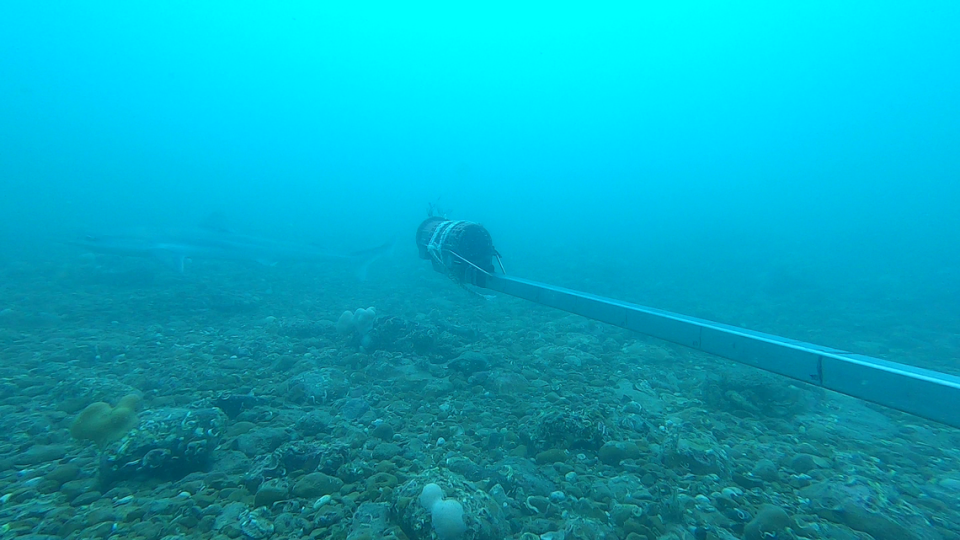Scientists off the coast of the United Kingdom added some bait to an underwater camera device, dropped it off the side of their research vessel and waited.
Down below, a curious predator with “blade-like teeth” approached the bait. It turned out to be a “rare” visitor.
Researchers spent three years surveying marine life at 28 sites in Sussex, a region along the southwestern coast of the U.K., the University of Sussex said in a May 1 news release. Their goal was to document animals they saw and the best way to find them.
The project used two different survey methods: baited remote underwater video (BRUV), and environmental DNA (eDNA), according to a study published April 30 in the peer-reviewed journal PeerJ. The first technique involves placing cameras underwater with bait in front to attract sea creatures. The second involves analyzing DNA samples collected from the water.
In total, researchers found 81 different species living off the Sussex coast, including eels, sharks and fish.
One of the underwater cameras photographed a tope shark, a “rare” species for the area, the release said. A photo shows the predator swimming to the left hand side of the bait, partially obscured by the murky water.

Tope sharks, scientifically known as Galeorhinus galeus, are migratory animals with “blade-like teeth,” according to the Florida Museum. They can reach about 6 feet in length and weigh around 100 pounds, but are considered “harmless to humans” and often sought out as a food source.
Researchers also found the eDNA of another surprising sea animal: the critically endangered European eel, or Anguilla anguilla, the study said. This species was not seen on camera.
“Through this analysis, we have been able to discover so many different species in our waters, and I think people will be surprised to learn just how diverse this area of the UK coastline is,” study co-author Alice Clark said in the release.
Researchers also concluded that “overall BRUV surveys are more affordable than eDNA” but “eDNA detects almost three times as many species as BRUV.” They suggested the two methods be used in tandem.
The survey provides a “baseline of the marine vertebrate community in Sussex Bay” and will be useful for “future biodiversity monitoring,” the study said.
The research team included Alice Clark, Sophie Atkinson, Valentina Scarponi, Tim Cane, Nathan Geraldi, Ian Hendy, J. Reuben Shipway and Mika Peck.
‘Mysterious’ winged creature rediscovered in Taiwan after 87 years, study says. See it
Scaly creature — with yellow eyelids — found lurking in forest. It’s a new species
‘Golden’ predator — the source of legends — caught on trail cam in Thailand. See it










